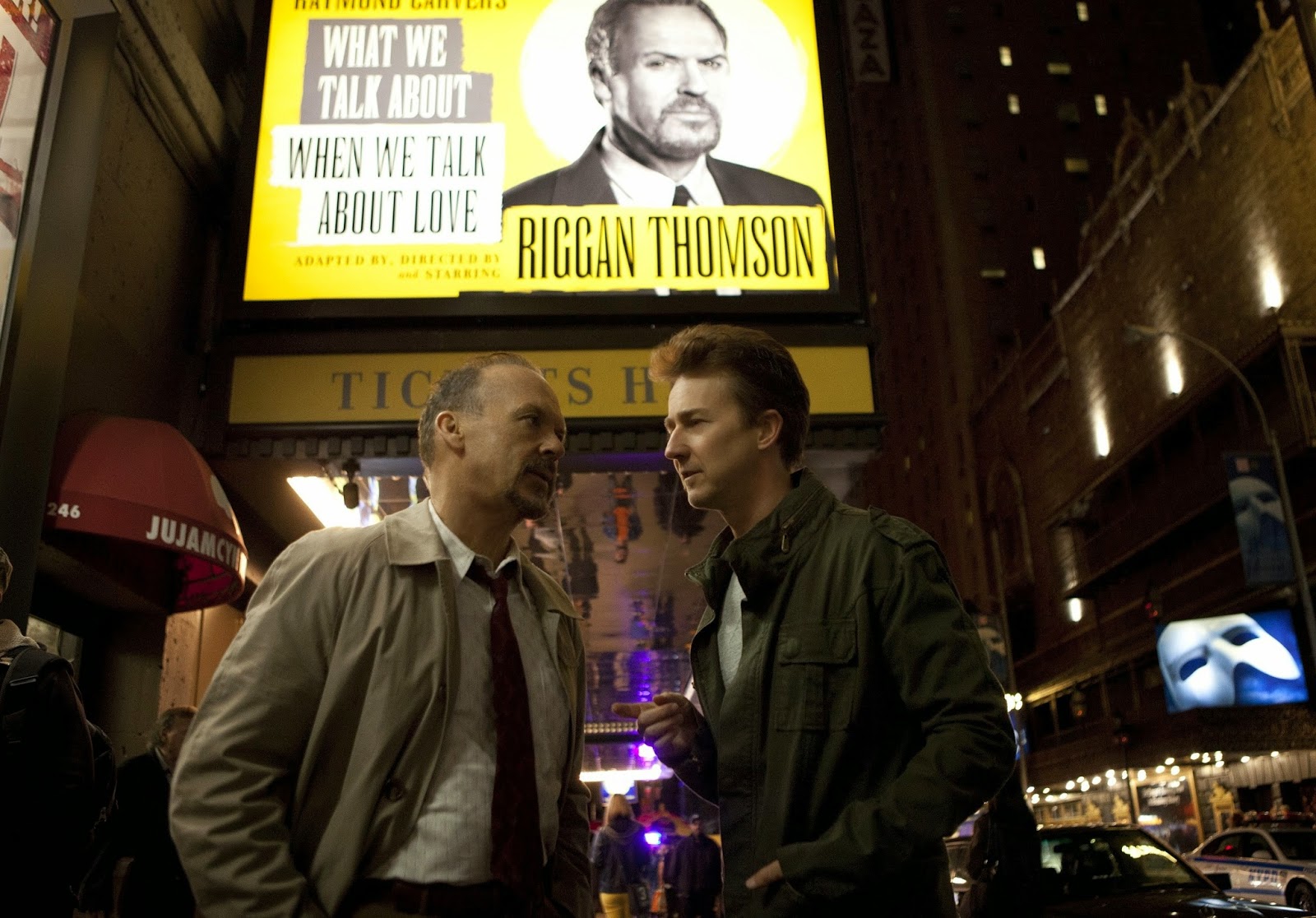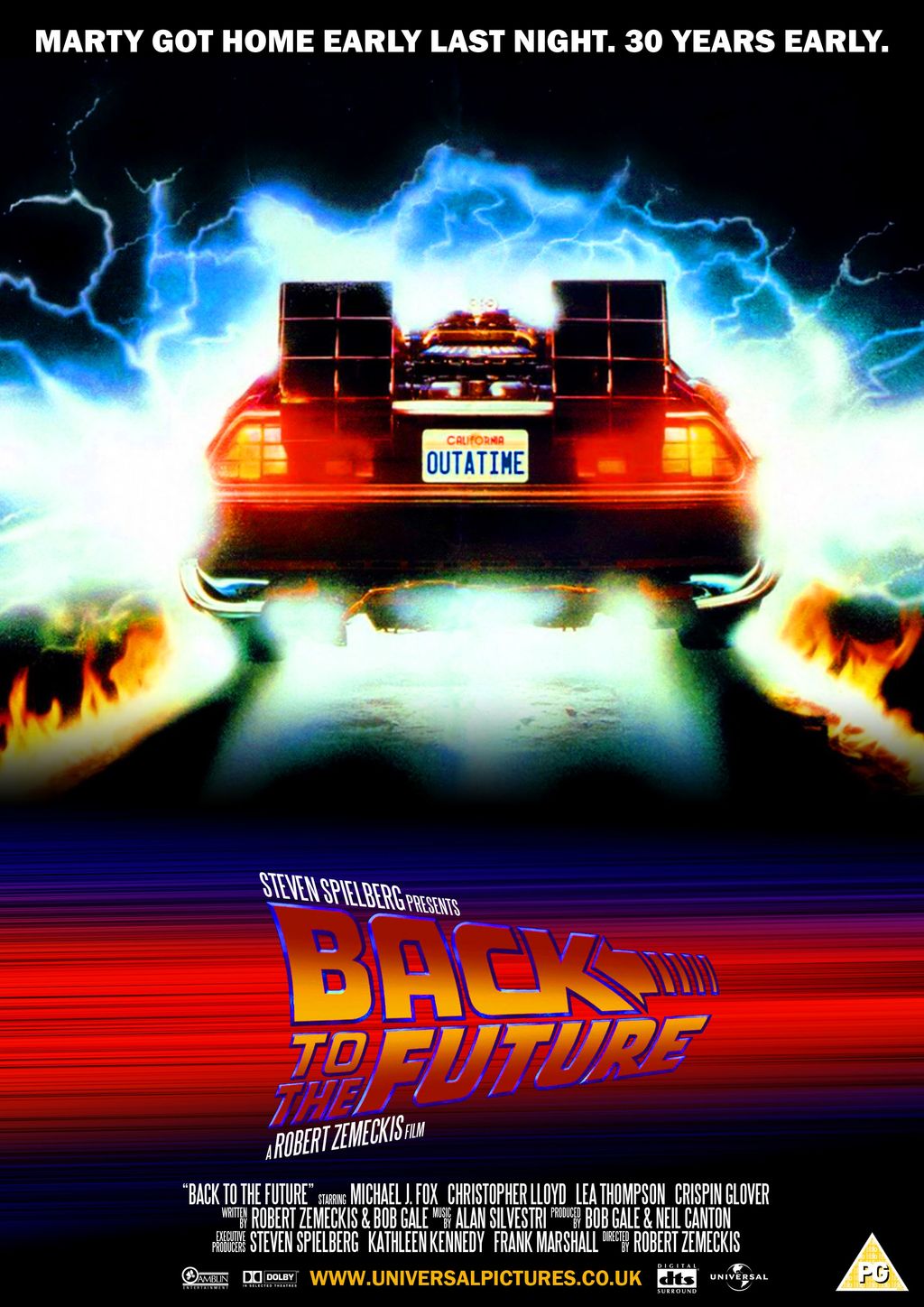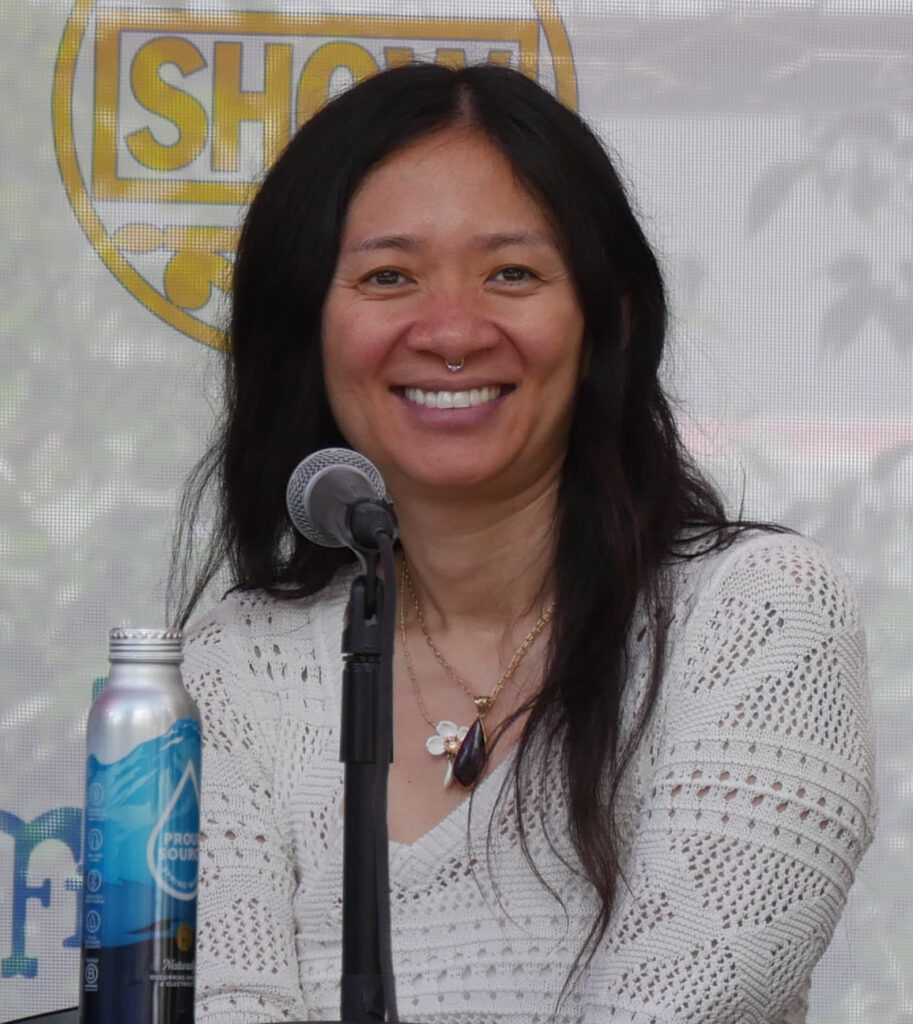
Making it to superstardom in Hollywood is an extraordinarily difficult feat, a career trajectory that demands more than just raw talent or undeniable good looks. It requires an elusive combination of wise role choices, impeccable public relations, and a certain undefinable ‘it’ factor that allows an actor to truly connect with audiences and command the box office. While producers, directors, and writers are pivotal in bringing cinematic visions to life, it’s often the actors who stand front and center, becoming the face of a film and the primary reason audiences flock to theaters.
Hollywood’s A-listers are, without question, the cream of the acting crop – individuals whose presence alone can transform a project from a moderate success into a global phenomenon. They possess the unique ability to draw massive crowds, ensuring a film’s financial viability and elevating its cultural impact. Yet, for every George Clooney or Jennifer Lawrence who ascends to the pinnacle of fame, there are countless others who, despite being touted as the ‘next big thing’ or having a seemingly clear path to the top, find their promising careers unexpectedly fizzling out.
This phenomenon of early hype meeting a less-than-stellar reality is a fascinating, often heartbreaking, aspect of the entertainment industry. Many actors arrive with a thunderous roar, earning critical acclaim and fan adoration, only to see their momentum dissipate. We’re about to take an in-depth look at six such performers, examining the specific reasons why their once-bright stars dimmed, from difficult transitions and ill-advised comments to box office flops and a perceived lack of the very qualities needed to sustain a leading career.

1. **Dakota Fanning**Dakota Fanning has been a familiar face in Hollywood since she was just seven years old, capturing hearts with her poignant role as Lucy in “I Am Sam.” Her performance was so impactful that it earned her the distinction of being the youngest person ever nominated for a SAG award, a truly remarkable achievement for such a young talent. For a time, it seemed as though her big blue eyes were gracing every movie poster, from lighthearted fare like “Uptown Girls” to the critically acclaimed blockbuster “War of the Worlds.”
Becoming Hollywood royalty at such a tender age, however, comes with its own unique set of challenges, particularly the necessity of maturing one’s style and navigating the transition from child star to adult actress. Fanning, unfortunately, couldn’t remain the little kid forever, and this transition proved to be an incredibly difficult hurdle for her to overcome. A “mediocre performance” in “The Runaways” did not help her cause, leading to concerns that “longevity wasn’t looking good” for her career. It’s truly “unfortunate because she was supposed to be huge.”
Her early dominance suggested an inevitable climb to the A-list, a path she seemed perfectly poised to walk. The inability to seamlessly bridge that gap from prodigious child actor to compelling adult lead, despite her clear talent, ultimately played a significant role in her not reaching the superstardom many had predicted for her.
Read more about: 17 Movies That Missed the Mark and Disappointed Viewers

2. **Carrie-Anne Moss**During her tenure as the iconic Trinity in “The Matrix” franchise, Carrie-Anne Moss soared to immense prominence in Hollywood, becoming a household name synonymous with a new era of action heroines. Prior to the groundbreaking science-fiction series, Moss herself admitted that “she wasn’t getting much work,” making her sudden ascent even more dramatic. “Now, she was an action star in a film that grossed $460 million worldwide!” a staggering success that led many to believe “She was going to be huge.”
Despite the undeniable global impact of “The Matrix” and her pivotal role within it, her time as Trinity regrettably became her singular “defining Hollywood moment.” While she achieved immense fame through the franchise, it paradoxically pigeonholed her to a certain extent. Following her peak, Moss transitioned to appearing in streaming originals, notably playing her character Jeri in Netflix’s original Marvel series “Jessica Jones.”
While her career has remained active, her roles haven’t recaptured the high-profile, influential status of her “Matrix” days. The good news, however, offers a glimmer of hope for her career’s resurgence: Moss is set to return to the big screen, reprising her role as Trinity in “The Matrix 4,” which was released in 2021. This revival could potentially reignite public interest and offer her another significant moment in the limelight, though perhaps not the A-list status once anticipated.
Read more about: What If? 20 Legendary Movie Roles Almost Played by Different Stars
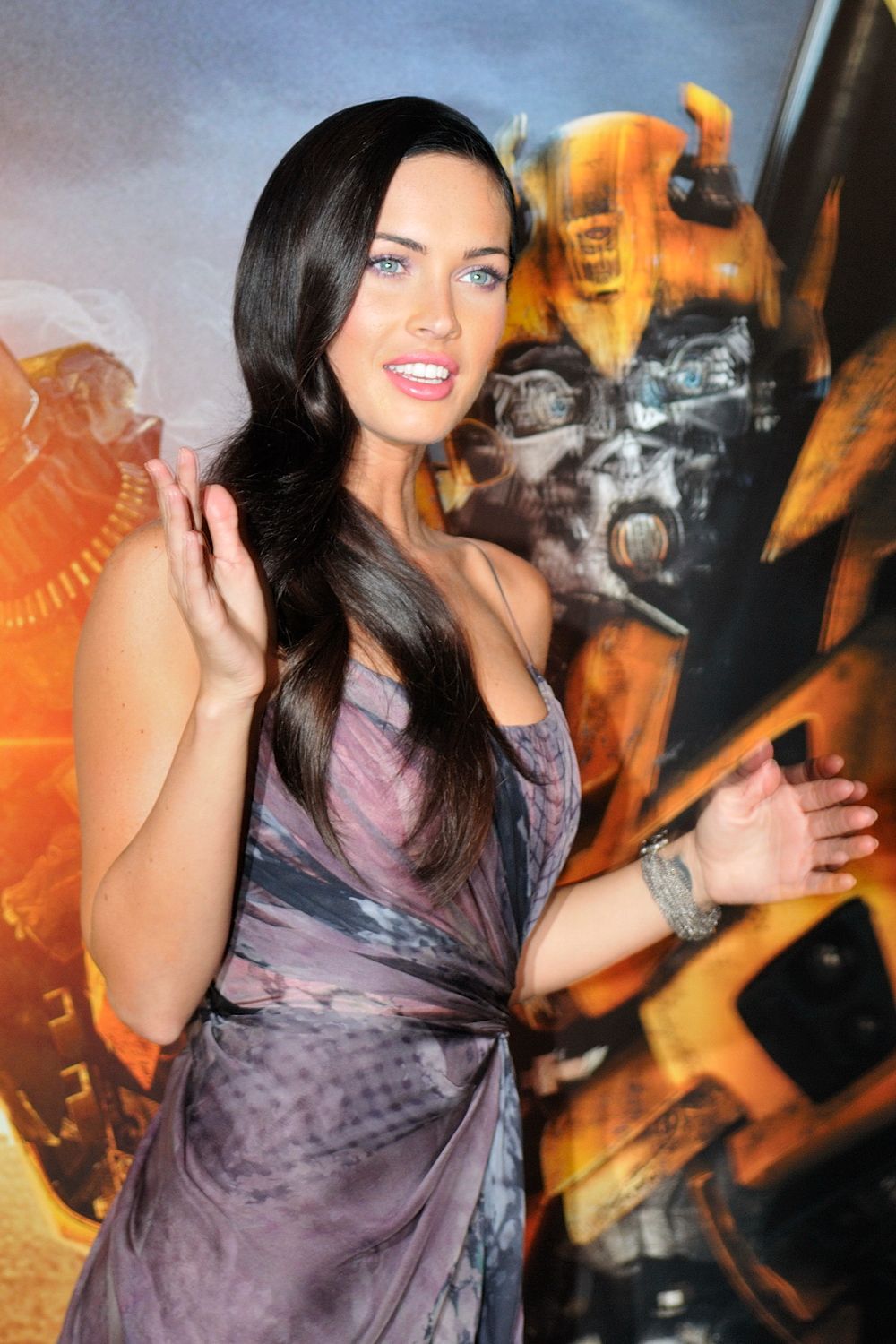
3. **Megan Fox**Megan Fox’s trajectory from a regular on the sitcom “Hope & Faith” to an overnight sensation was nothing short of meteoric, largely thanks to her explosive breakout role as Mikaela Banes in the blockbuster “Transformers.” This film was a colossal success, going on to gross a staggering “$709 million in the box office” and cementing Fox’s status as a “hyped-up actress in Hollywood.” Her electrifying screen presence even earned her a few awards, signifying a promising start to what many believed would be a long and illustrious career at the top.
However, her seemingly unstoppable ascent took a sharp downturn after the second installment of the “Transformers” franchise. In a move that proved to be a critical misstep for her career, Fox was infamously cut from the cast. The reason was apparently her controversial comparison of the film’s director, Michael Bay, to Hitler—a statement that was certainly “not a good career move.” This public gaffe led to her being “pseudo-blacklisted from Hollywood,”
Consequently, her career never fully recovered the initial momentum, leaving her largely relegated to “only getting supporting roles in horrible films like Teenage Mutant Ninja Turtles.” This unfortunate incident serves as a stark reminder of how quickly public perception and industry relationships can impact an actor’s path, even for someone who seemingly had it all.
Read more about: Lights, Camera, Fired: Unpacking Shocking Mid-Production Hollywood Departures

4. **Alex Pettyfer**Alex Pettyfer burst onto the Hollywood scene in 2006 with his performance in the film “Stormbreaker,” quickly making a name for himself. His talent was recognized early, leading to numerous award nominations, including a prestigious Empire Award. Beyond his acting prowess, Pettyfer’s striking looks also caught the attention of the fashion world, resulting in him being called upon to model for various Burberry campaigns, further elevating his public profile and hinting at a multifaceted career.
Following his appearances in films such as “Beastly,” “I Am Number Four,” and “Magic Mike,” a significant buzz began to build around Pettyfer. Many in the industry and among the public firmly believed that “Pettyfer was going to be the next Hollywood heartthrob,” poised to join the ranks of leading men who combine charm with box office appeal. He seemed to possess all the right ingredients for superstardom.
Unfortunately, this promising trajectory was derailed by his demeanor during interviews. It was reported that “during interviews, he sounded arrogant and ungrateful for the chance he’d been given.” This perceived attitude problem had severe repercussions, as “after that, no one wanted to work with him,” effectively isolating him within the industry. As a result, his once-bright future faded, and he has since become “nothing more than an afterthought,” a cautionary tale of how perception can impact a career.
Read more about: Get Your Tissues Ready: 15 Tear-Jerking Films

5. **Taylor Kitsch**Taylor Kitsch was widely anticipated to be “the next big thing” in Hollywood, especially after five seasons as the beloved Tim Riggins in “Friday Night Lights,” a critically acclaimed show that boasted over eight million viewers. His role in the successful series propelled him into the spotlight, and his casting as Gambit in “X-Men Origins: Wolverine” further solidified the belief that he was on a clear path to becoming a Hollywood A-lister. He had the looks, the fan base, and the industry buzz.
However, the summer of 2012 proved to be a pivotal and disastrous period for Kitsch’s career, as things went “about as disastrously awry as they possibly could”—not just for one film, but for two. He was positioned as the central figure in two immensely expensive films, Andrew Stanton’s “John Carter” and Peter Berg’s “Battleship,” both of which held the potential to either make or break his status as an above-the-line leading man. Catastrophically, both films “tanked in cinemas, losing a combined total of around $350 million.”
“John Carter,” in particular, holds the unfortunate distinction of being “the single biggest flop in cinema history,” a massive financial and critical failure that undeniably impacted Kitsch’s career. Since 2012, he has appeared in only a handful of features, none since 2019, making it “very unlikely he’ll ever book a leading role in an effects-heavy epic ever again.” What was meant to be his breakout year instead cemented his fall from the precipice of A-list stardom, leaving him as “nothing more than an afterthought.”
Read more about: 15 Low-Rated Films: Why These Underrated Movies Deserve More Love
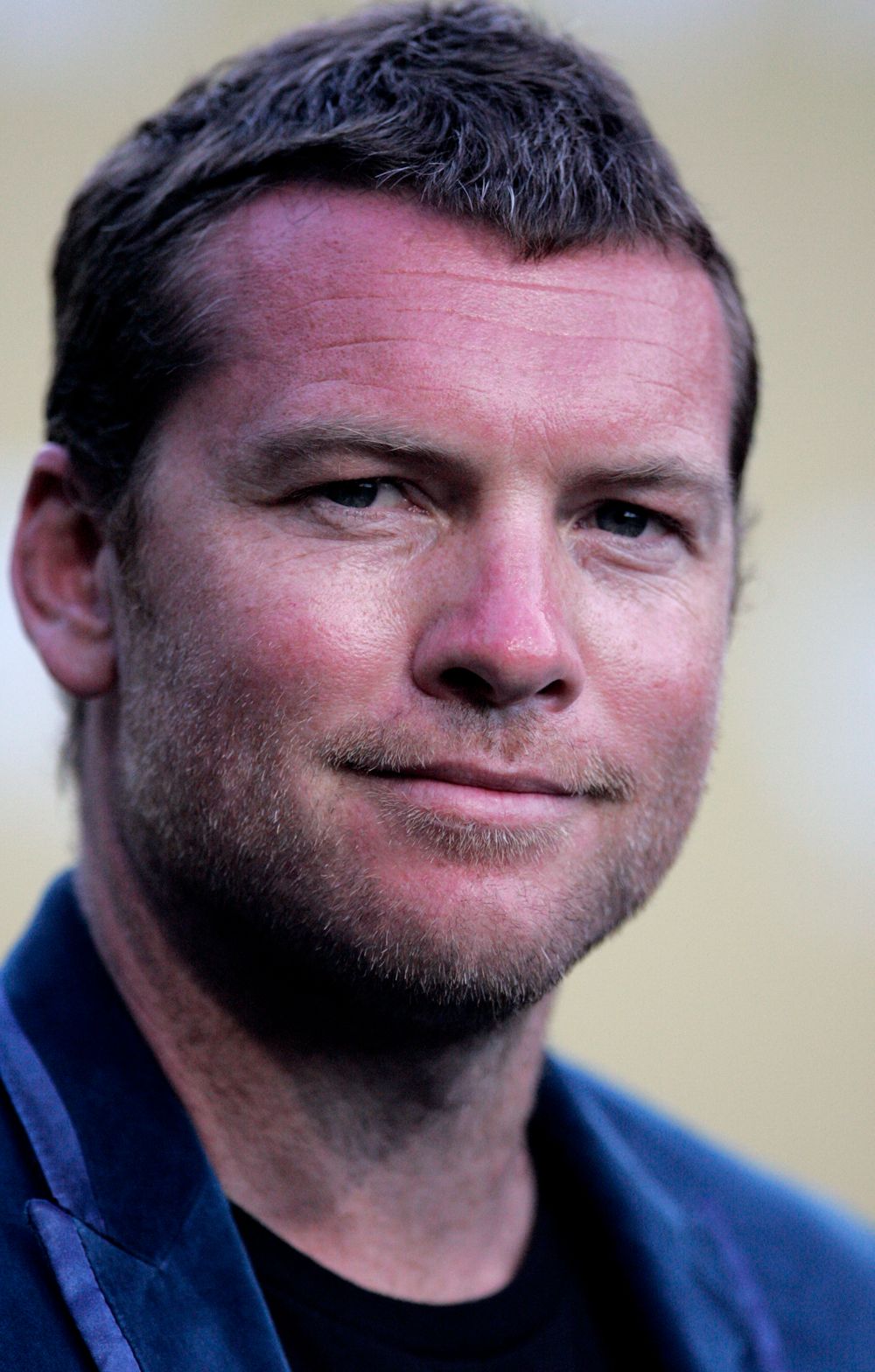
6. **Sam Worthington**Sam Worthington holds a unique position in Hollywood history, having been the “top-billed star in two of the three highest-grossing movies ever made”—a remarkable achievement tied to James Cameron’s “Avatar” franchise. His involvement in such monumental successes has undoubtedly secured his financial future, as he helps to “push the boundaries of cinema to new limits” while donning a motion-capture leotard. His casting in “Avatar,” alongside his roles in “Terminator Salvation” and the “Clash of the Titans” remake (all released within ten months of each other), led many to believe “he was going to be a big star.”
Yet, despite this incredible initial surge of high-profile, high-grossing films, Worthington’s filmography “is less than stellar” when he steps out of the realm of motion-capture epics. Audiences were effectively told that “he was going to be the next major action hero,” but a critical assessment reveals a significant obstacle to that status: his “lack of such qualities as range, charisma, and screen presence.” These perceived deficiencies “shot him in the foot,” hindering his ability to carry films outside of the special-effects-laden blockbusters.
For Worthington, “Avatar was the beginning and end of his good movie streak,” as subsequent roles failed to resonate with audiences, leading to a decline in people seeking out his work. Thankfully, for his career, James Cameron’s decision to make more “Avatar” movies offers a lifeline, as his career “might be saved yet.” However, it’s clear that his initial burst of fame did not translate into sustained A-list status, largely due to a perceived limitation in his core acting capabilities beyond a very specific type of role.
Read more about: Could You Imagine? Iconic Roles That Almost Went to Other Stars

7. **Rick Moranis**Rick Moranis carved out a significant niche in Hollywood as a beloved comedic actor, renowned for his memorable and often quirky characters in a string of iconic 1980s films. His filmography boasts major titles that became cultural touchstones, including “Ghostbusters,” where he perfectly embodied the neurotic accountant Louis Tully, providing many of the film’s most quotable lines and comedic relief. His role in “Spaceballs” further showcased his versatility in a hilarious parody, and he charmed audiences globally as the eccentric inventor Wayne Szalinski in the wildly popular “Honey, I Shrunk the Kids” movies. At the height of his commercial appeal, many pundits and industry insiders genuinely believed Moranis was on a clear path to becoming the next major comedic force in Hollywood, often mentioned in the same breath as esteemed contemporaries like Bill Murray, indicating a future of consistent leading roles and box office draw.
However, Moranis’s seemingly unstoppable comedic trajectory took an entirely unexpected and deeply personal turn. In 1997, at what seemed like the very peak of his visibility and commercial appeal, he made the incredibly difficult and admirable decision to step away from the demanding and public nature of the entertainment industry entirely. This profound choice was not driven by professional setbacks or a lack of opportunity, but by a tragic personal event: the heartbreaking passing of his beloved wife, Ann Belsky. Faced with such a devastating loss, Moranis chose to prioritize his family above all else, dedicating himself fully to being a present and hands-on father to his two young children, a decision that speaks volumes about his character and values beyond the comedic roles he was known for.
While his absence from the silver screen left a considerable void for many devoted fans who cherished his unique brand of humor, Moranis has remained on a long sabbatical from mainstream acting, making only sporadic voice appearances for animated projects. Yet, through the years, there has always been a glimmer of hope for his return, fueled by a collective longing for his distinctive presence. Fans were finally thrilled when, on February 12, 2020, it was publicly announced that Moranis was indeed set to make his long-awaited comeback, reprising his iconic role in another “Honey, I Shrunk the Kids” installment. This potential resurgence, though long in coming, serves as a powerful reminder that some careers don’t fizzle out due to a lack of talent or opportunity, but rather due to profound, life-altering personal circumstances that understandably redefine priorities and professional paths.
Read more about: The 19 Greatest Spoof Movies: Prepare to Laugh

8. **Josh Hartnett**Josh Hartnett emerged onto the Hollywood scene with undeniable magnetism, quickly enjoying a significant wave of critical and commercial success early in his career through films like “Halloween H20: 20 Years Later,” “The Faculty,” and “Pearl Harbor.” His striking good looks combined with a compelling, brooding on-screen presence led many studio executives to quickly single him out as “the next big thing,” unequivocally envisioning him firmly entrenched in either the “heartthrob” or “action hero” boxes. He was seen as an actor seemingly pre-ordained for A-list superstardom, with the entire industry apparatus ready to propel him to the very pinnacle of fame, offering him roles that would cement his status.
However, a fundamental problem arose that few in Hollywood seemed to truly consider or comprehend: Hartnett himself explicitly stated that he “despised the idea” of being pigeonholed or embracing the relentless, all-consuming pressures that accompany A-list status. Rather than succumbing to the immense industry push for relentless blockbuster appearances and a high-profile public life, he made a courageous and deliberate decision to take a significant step back from the spotlight. He intentionally scaled down his workload, choosing to focus his energy and talent toward smaller, more artistically fulfilling, and character-driven independent projects that allowed him more creative control and personal space. This was not a passive withdrawal but an active rebellion against the conventional, hyper-famous path to stardom.
Perhaps most famously, and indicative of his priorities, Hartnett turned down the once-in-a-lifetime opportunities to play truly iconic comic book characters like Batman and Superman. These were roles that would have guaranteed unparalleled levels of global fame, immense wealth, and perpetual visibility, cementing his place in cinematic history. Such rejections, particularly for an actor on the rise, require a truly “brave soul,” demonstrating his unwavering commitment to artistic integrity and personal well-being over commercial ubiquity. While his trajectory undeniably diverged from the expected path to immediate, massive superstardom, he effectively played “the long game,” and his career is now undeniably undergoing “a well-deserved renaissance” in projects more aligned with his artistic inclinations, proving that an actor can indeed succeed on their own terms, even if it means consciously foregoing the traditional, highly-demanding A-list track.
Read more about: What If They Said Yes? 18 Iconic Roles Famous Actors Rejected

9. **Jennifer Grey**Jennifer Grey wasted no time making a significant and indelible mark on Hollywood, spending much of her early career orbiting around projects that quickly became instant classics, cult favorites, or significant box office successes, hinting at an undeniable talent and charisma. Her initial filmography was remarkably impressive, including memorable roles in Francis Ford Coppola’s “The Cotton Club,” the hit action movie “Red Dawn,” and John Hughes’ universally beloved teen comedy “Ferris Bueller’s Day Off,” where she stole scenes as Ferris’s exasperated sister, Jeanie. However, it was her starring and deeply endearing role as Frances “Baby” Houseman opposite Patrick Swayze in the iconic 1987 film “Dirty Dancing” that truly embedded her into the cultural consciousness, earning her a Golden Globe nomination for Best Actress and making her an overnight household name around the globe.
Her impact was so profound and widespread that it even famously inspired pop icon Madonna to write a song about her, a testament to her undeniable recognition and widespread appeal at the peak of her popularity. With such a powerful and acclaimed debut in a cultural phenomenon, coupled with a string of other notable performances, Grey seemed unequivocally destined for a prolonged and thriving period of mainstream success, with the world eagerly watching to see what blockbuster she would conquer next. She possessed the critical momentum, the raw talent, and the undeniable girl-next-door charm to go all the way to the very top of Hollywood’s elite.
Tragically, and with a poignant sense of hindsight, Grey herself later admitted that her decision to undergo cosmetic surgery, specifically a nose job, effectively brought her chances of continued mainstream success to an abrupt and unforeseen halt, figuratively sending her “back to square one.” The subtle alteration to her appearance, rather than being a private matter, seemed to profoundly impact public and industry perception, creating an unforeseen and insurmountable barrier to maintaining the incredible momentum she had so effortlessly built. It serves as a stark and often heartbreaking reminder of the frequently unforgiving and superficial nature of Hollywood, where deeply personal choices, particularly those related to appearance, can have unintended, career-altering consequences, even for those who start with such dazzling and universally recognized potential.
Read more about: No Smooch Zone: Some Hollywood Stars Who Dared to Say ‘No’ to On-Screen Kisses

10. **Leelee Sobieski**Leelee Sobieski was once widely touted as an immensely promising up-and-coming actress, with many in the industry and among critics firmly believing she was destined to become one of her generation’s most ubiquitous and recognizable young stars. By the time she had barely turned 20, her resume was already remarkably substantial and impressive, boasting both a two-time Golden Globe nomination and a Primetime Emmy nomination during her formative teenage years. She fearlessly took on challenging and diverse roles, notably portraying the historical figure Joan of Arc, collaborating with the legendary and famously demanding director Stanley Kubrick in his final film, “Eyes Wide Shut,” venturing successfully into blockbuster territory with “Deep Impact,” and providing solid, memorable support in the hit romantic comedy “Never Been Kissed.”
Her performances were consistently reliable, often praised for their remarkable depth, intensity, and a maturity that belied her young age, setting her apart from many of her peers. It was widely acknowledged that her potential as an actor seemed virtually limitless, given her range and her ability to work across genres and with acclaimed filmmakers. The industry and audiences alike watched with keen anticipation, fully expecting her to climb steadily higher on the Hollywood ladder, securing a continuous stream of leading roles that would undoubtedly solidify her A-list status and make her a household name for decades to come.
However, despite this immense and widely recognized promise, Sobieski gradually began to fall out of love with the demanding, often superficial, and intensely intrusive nature of the entertainment industry. The relentless scrutiny, the constant travel, and the often objectifying aspects of the business began to take their toll. This growing disillusionment ultimately led her to make a significant and deeply personal choice: she made the profound decision to retire from acting completely before she even hit 30, a shocking turn for someone with such a bright future. Today, she has successfully transitioned her focus and energy, dedicating herself to a thriving career in the art world, far removed from the relentless glare of Hollywood. Her story is a poignant and compelling example of how intense industry pressures and a profound personal desire for a different, more fulfilling life can lead even the most talented, critically acclaimed, and hyped actors to voluntarily step away from the very path to superstardom that was laid out before them.
Read more about: 16 Timeless Film Noir Classics Reviewed

11. **Garrett Hedlund**Garrett Hedlund entered the Hollywood landscape at a remarkably young age, with clear aspirations of making it big and establishing himself as a prominent leading man. His very first film appearance, at just 18 years old, was in the critically acclaimed and financially successful epic “Troy,” where he played the character Patroclus. This was a rather auspicious and high-profile start to any aspiring actor’s career, placing him immediately among an A-list cast. He followed this with another high-profile and commercially successful role as Sam Flynn in Disney’s visually stunning science fiction blockbuster “Tron: Legacy,” a performance that further solidified his potential and hinted at a bright and enduring future in major studio productions.
With such a strong beginning, marked by roles in significant cinematic events, it seemed Hedlund was on a clear trajectory towards becoming a consistent leading man in major studio productions. He possessed the quintessential leading man looks, early exposure to the intricacies of big-budget filmmaking, and the kind of critical attention and industry buzz that often accompanies a rapidly rising star. He appeared to have all the ingredients necessary for sustained A-list status. However, his promising path to superstardom was unfortunately derailed not by a lack of talent or opportunity, but by a series of career choices that, in stark retrospect, appear to be “grave errors” that ultimately cost him significant blockbuster hits and the A-list status many had so confidently predicted.
It was widely reported, and has since become a cautionary tale in industry circles, that Hedlund was offered, and subsequently declined, the pivotal and highly lucrative role of Finnick in the wildly popular “Hunger Games” franchise. This was a part that would have guaranteed massive global exposure, immense financial gain, and a dedicated, passionate fan base. Adding to these substantial missed opportunities, he also famously turned down the highly sought-after and commercially explosive role of Christian Grey in the “Fifty Shades of Grey” series, another massive commercial success that launched its leads into global recognition. These rejections were, as the industry noted, “not the best decisions” for an actor who was seemingly aiming for the very top, as they represent a conspicuous failure to capitalize on clear, direct pathways to cemented fame, pervasive public recognition, and undisputed industry standing, leaving his once-vast potential largely unfulfilled despite his demonstrable talent.
Read more about: From Spider-Man to Oscar Nominee: The Best Kirsten Dunst Movies.
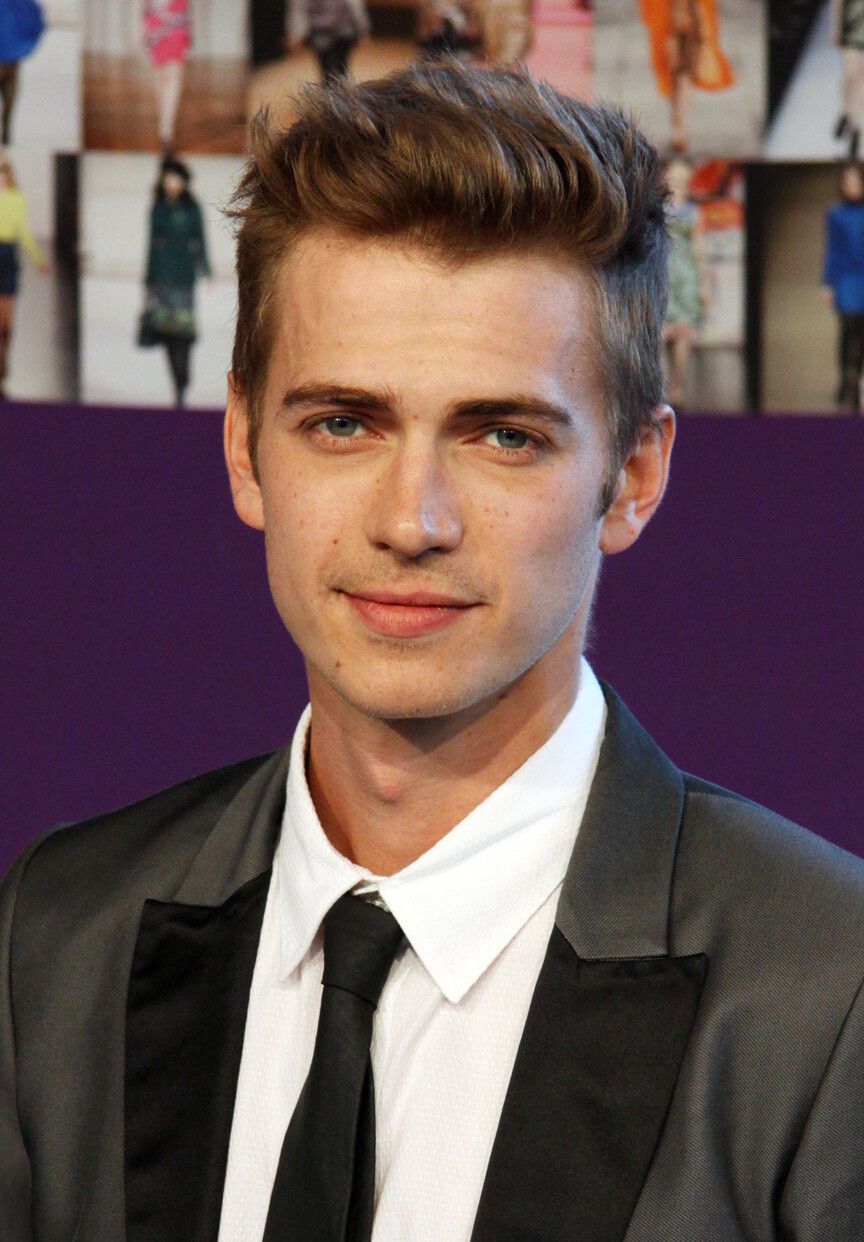
12. **Hayden Christensen**Hayden Christensen made a significant and immediate splash in Hollywood at a remarkably young age, first gaining initial attention at 13 for a small yet memorable part in “In the Mouth of Madness,” which subsequently led to various gigs in popular television franchises like “Goosebumps” and “Are You Afraid of the Dark?” However, nothing quite compares to his truly monumental and career-defining role as the young Anakin Skywalker in the highly anticipated “Star Wars” prequel films. This was a role that, on paper, promised to launch him directly into the stratosphere of A-list stardom, making him the recognizable face of one of the biggest and most beloved cinematic sagas in motion picture history, offering unparalleled global exposure.
His performance as the conflicted young Darth Vader, particularly in “Revenge of the Sith,” earned him an MTV Movie Award for Best Villain and the prestigious Cannes Film Festival Male Revelation Award, signaling both popular recognition and early critical acknowledgment of his dramatic potential. Yet, ironically, this very role, which was explicitly meant to be his definitive launchpad into sustained superstardom, ultimately proved to be “the downfall of what was looking to be a promising career.” While Christensen did find subsequent work after the intense scrutiny of the “Revenge of the Sith” release, including roles in films like “Jumper” and “Shattered Glass,” his career never quite regained the same meteoric momentum or achieved the consistent, high-profile A-list status that was so strongly anticipated by fans and industry observers alike.
The immense pressure and colossal expectations of portraying such an iconic and pre-established character, combined with a mixed critical reception to his performance in the prequels, seemed to cast a long, inescapable shadow over his subsequent career. Despite his efforts to diversify his roles, he has largely struggled to break free from the pervasive typecasting and the deeply ingrained audience perception tied specifically to Anakin Skywalker, making it challenging for him to be seen purely as a versatile actor rather than primarily as the “Star Wars” protagonist. This serves as a powerful and enduring example of how even a leading role in one of the most successful and globally recognized franchises can, paradoxically, hinder an actor’s long-term A-list potential, demonstrating the complex interplay of intense industry pressures, overwhelming audience expectations, and the inherent difficulty of successfully capitalizing on an initial, massive, but ultimately polarizing success.
Read more about: Behind the Seams: 15 Movie Costumes That Looked Great But Were Awful for Actors
The compelling journeys of these twelve actors serve as vivid and often poignant narratives within the ever-unpredictable, high-stakes landscape of Hollywood. Their collective experiences remind us that the coveted path to A-list superstardom is rarely a straightforward ascent, but more often a labyrinthine journey fraught with unexpected turns, deeply personal choices, and the relentless, often unforgiving, pressures of an industry that is as demanding as it is dazzling. While raw talent, undeniable charisma, and a captivating screen presence are undoubtedly essential ingredients for success, the ability to strategically navigate challenging career transitions, adeptly manage public perception, and make astute professional decisions—or, in some cases, simply prioritizing personal well-being and family over relentless professional ambition—ultimately determines who ascends to the pinnacle of lasting fame and who, despite once possessing immense potential, ultimately “fizzles out.” Their stories collectively underscore the fragile and ephemeral nature of celebrity, vividly illustrating the multifaceted and often complex reasons why even the most promising and heavily hyped stars might not achieve the sustained brilliance and household name status once predicted for them.

